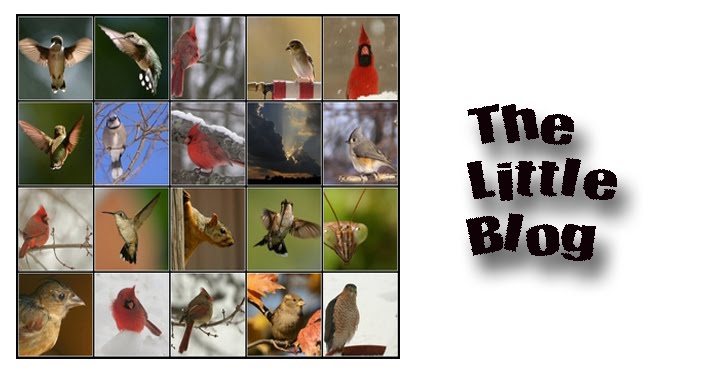Purple Finch (Carpodacus purpureus)
I was looking out the kitchen window at one of the feeders and saw what I thought was a male House Finch. I left the kitchen and headed for the front door and it hit me …. no, not a House Finch, a Purple Finch! So I grabbed the camera and took some shots of him. He certainly is a beautiful little thing. I haven’t seen one around here for over a year.
The Purple Finch is the bird that Roger Tory Peterson famously described as a “sparrow dipped in raspberry juice.” For many of us, they’re irregular winter visitors to our feeders, although these chunky, big-beaked finches do breed in northern North America and the West Coast. Separating them from House Finches requires a careful look, but the reward is a delicately colored, cleaner version of that red finch.
Purple Finches are numerous and conspicuous during spring migration; pairs are territorial, the brightly colored male displaying in front of the female with his rich, spirited, warbling song. After the clutch is raised, they may be seen in large flocks visiting orchards, parks, and other woodlands. In winter they visit feeding stations in large numbers, showing a fondness for sunflower seeds.
This image was made in February 2008

















